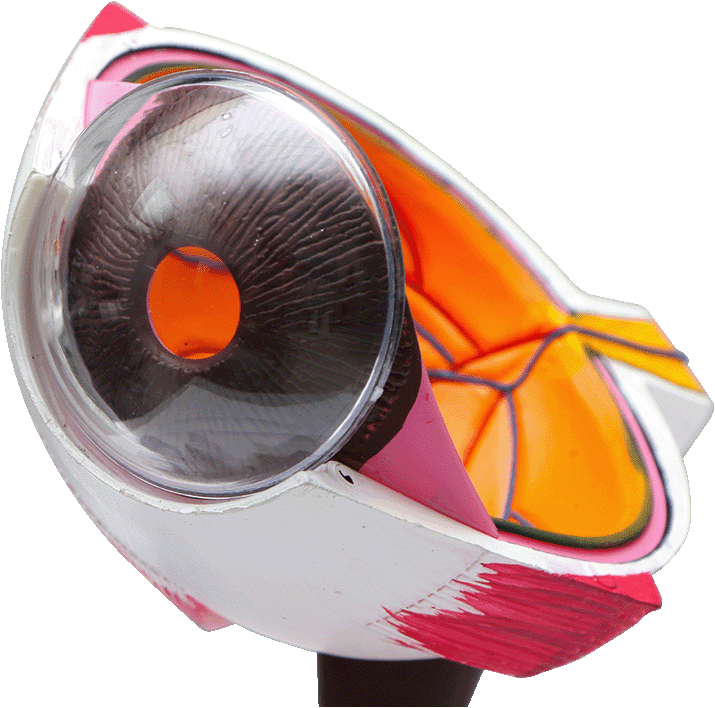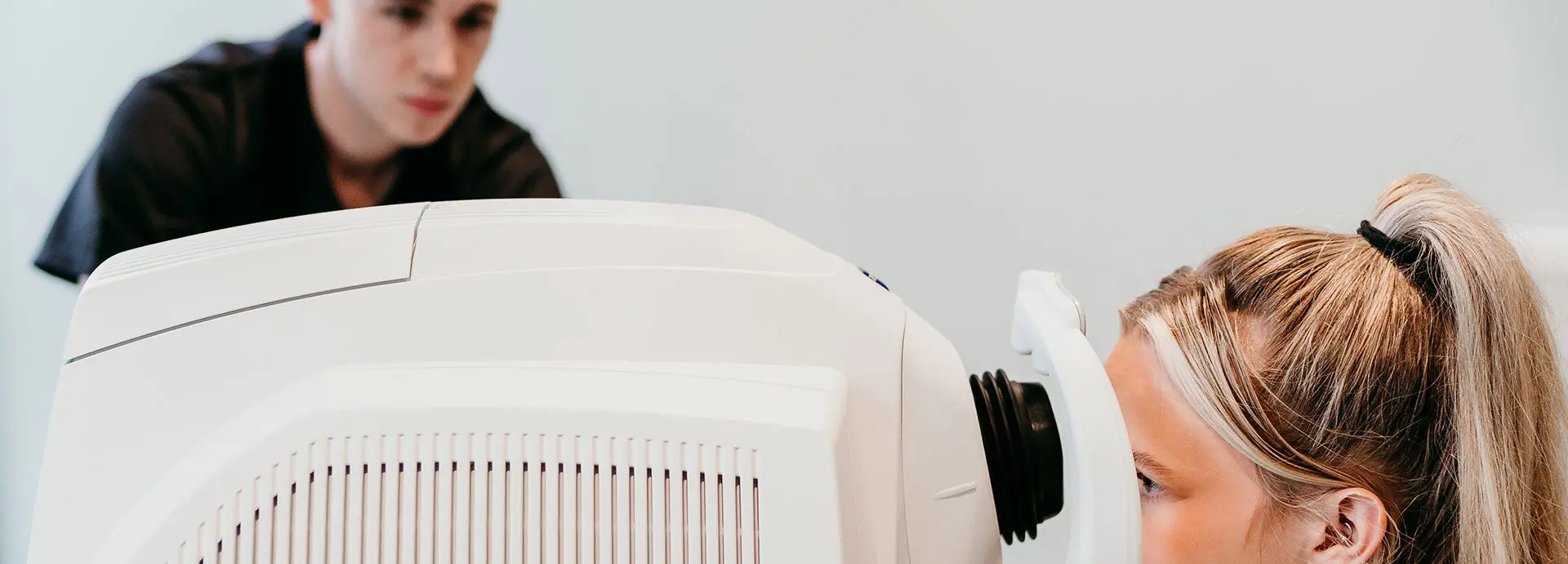
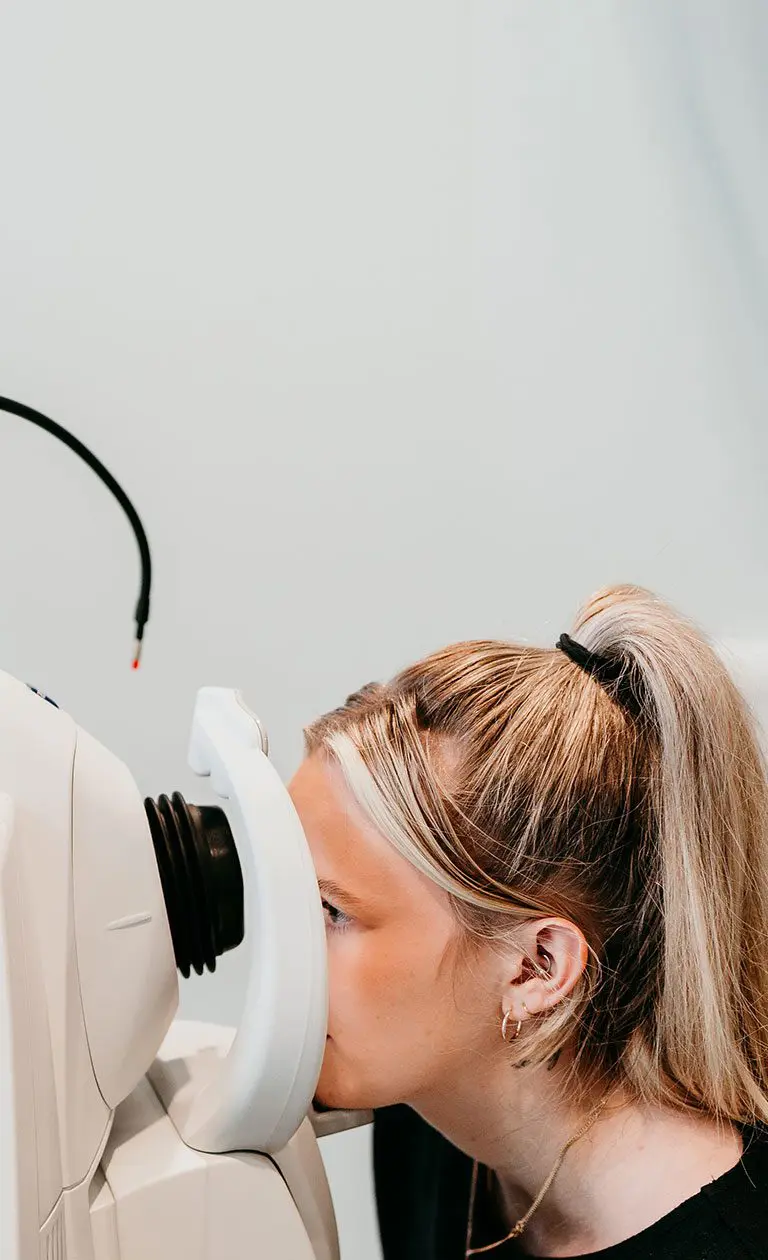
Our Clinics
Laser Vision was initially founded in Guildford, Surrey and the ethos and quality of consultant-led personalised care has been expanded across the country.
Book a consultation


We are privileged to practise from renowned NHS and private hospitals in Surrey, Hampshire, Manchester and Sheffield. All of these hospitals are CQC-registered, healthcare facilities with excellent standards of clinical practice.
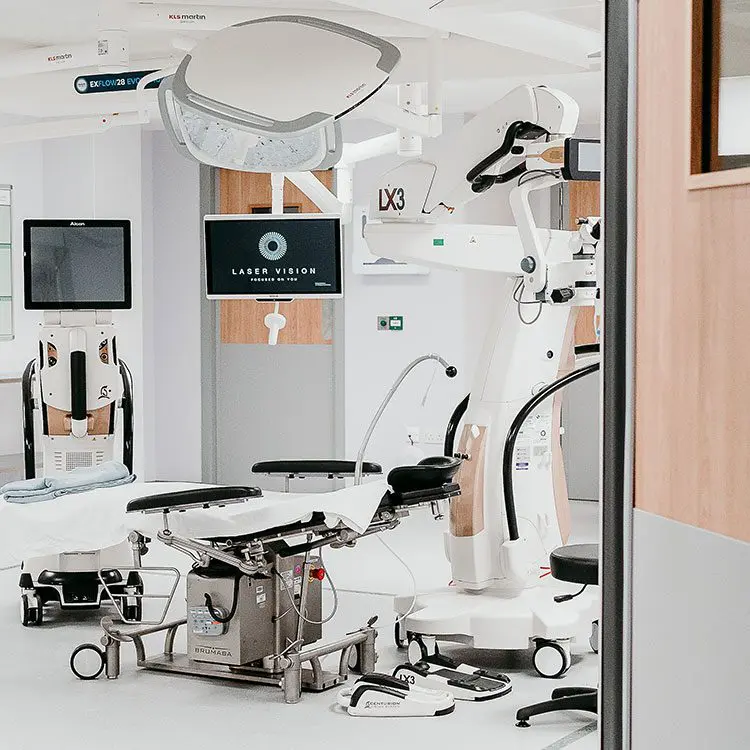
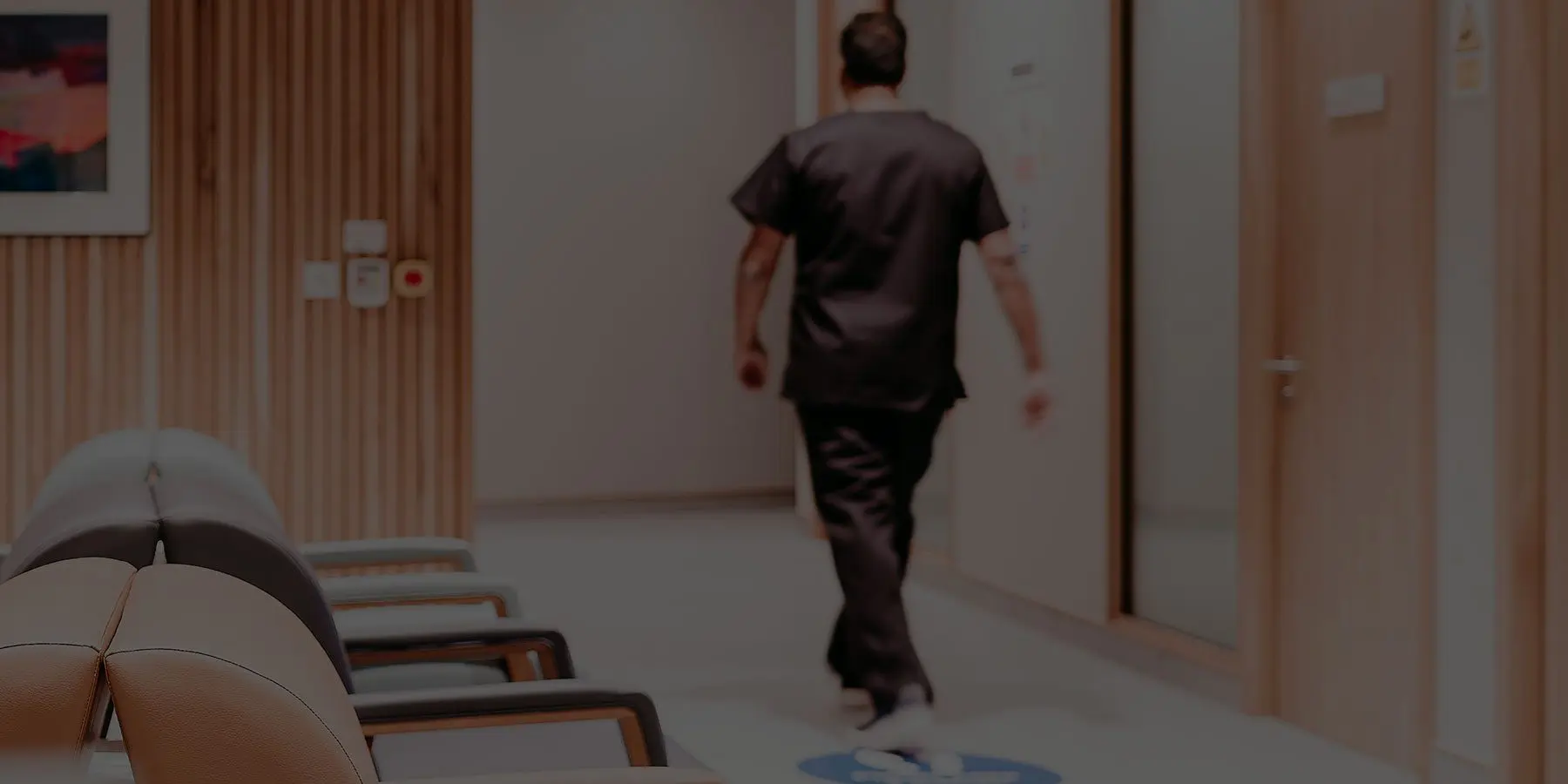

We are proud to announce the opening of our flagship practice, Prema Clinic, in Portsmouth.
Prema Clinic has been designed with privacy, comfort and professionalism at its core. It is strategically situated in the heart of Portsmouth with easy access from the M27. Guaranteed complimentary parking, electric car charging and disabled access are all available.
Inside, you will be greeted by our friendly and courteous Laser Vision team who will look after you from our purpose-built Ophthalmology ward and state-of-the-art theatres.
Our clinic is led by Dr Rakesh Jayaswal, a highly trained, full time Consultant Ophthalmic Surgeon specialising in cornea, complex cataract and refractive laser and lens surgery. He is supported by a clinical team of GOC-registered Optometrists with access to the latest diagnostic screening equipment.

Our Clinic Locations
World-class facilities

Frequently Asked Questions
A consultation prior to making a decision about laser eye surgery is essential, mainly to determine your suitability and talk through all possible options and outcomes. Unlike some high street clinics, we do not use a consultation to give you a sales pitch. With LaserVision, you will always see a specialist Consultant Ophthalmic Surgeon who will thoroughly assess your eyes to determine your suitability for vision correction treatment. If you are suitable, your consultant will then talk with you at length about what treatment options are recommended for your eyes. This will also allow you to discuss the benefits, affordability and all the facts before making your decision.
Our consultants will give you honest, expert advice, and will make you aware of all possible outcomes. As specialists in complex corneal and intra-ocular surgery, the surgeons at LaserVision may be able to offer alternative treatment if laser surgery is deemed not suitable.
No, but vision correction treatments are increasingly popular. Our Consultant Ophthalmic Surgeons are always in demand but we aim to accommodate you as soon as possible, usually within 1-2 weeks. However, sometimes we are busier than usual and you may have to wait a little longer.
To book a consultation at your nearest LaserVision clinic, simply enquire online here [https://www.laservision.co.uk/contact-us/} or call us on freephone 0800 024 8888.
Your laser consultation can take up to two hours. You can return to work after this, but do not drive as we will have to use drops to dilate your pupils and this can make your vision blurry and light sensitive. We recommend you bring a pair of sunglasses.
We do not recommend you drive as we will use drops to dilate your pupils, and this can make your vision blurred and light sensitive.
Prior to your initial assessment, it is essential to leave out your contact lenses for a period of 1 week if they are soft contact lenses and for 2 weeks if they are rigid contact lenses. This is imperative for accurate assessment of the cornea prior to treatment and for correct planning of your surgery.
We would advise that you do not wear eye make up to your consultation.
Treatment can start no earlier than five days after consultation as it allows you to consider your decision to proceed as we feel it should not be rushed into.
No. Our Consultants just use their expertise to give an honest opinion of what is best for you and your eyes. We will never pressurise anyone into treatment or phone you with offers trying to persuade you into treatment. This is a lifestyle operation to improve quality of life and it is not essential. We also welcome anyone who has been seen elsewhere and wishes to come for a second opinion.
Request a Brochure
